#nyctibiidae
Text

Common Potoo (Nyctibius griseus), family Nyctibiidae, order Nyctibiiformes, Brazil
Potoos used to be in the same order as nightjars, but are now placed in their own order.
photograph by Gastaldon
1K notes
·
View notes
Text

[2626/11080] Common potoo - Nyctibius griseus
Order: Nyctibiiformes (potoos)
Family: Nyctibiidae
Photo credit: Martjan Lammertink via Macaulay Library
94 notes
·
View notes
Text
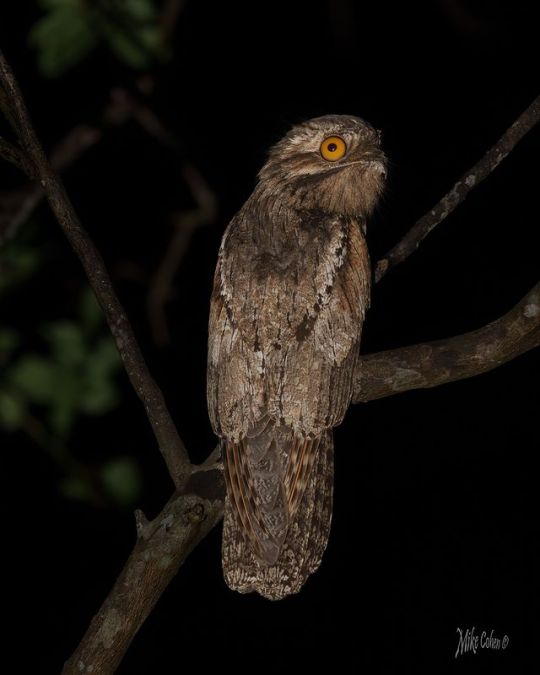
Common Potoo
72 notes
·
View notes
Photo

Great Potoo (Nyctibius grandis)
© Doug Loucks
418 notes
·
View notes
Photo

Common Potoo (Nyctibius griseus)
© Rodrigo Conte
124 notes
·
View notes
Photo
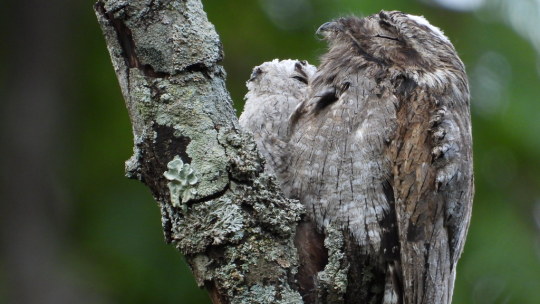
Common Potoo (Nyctibius griseus)
© silene andrade
70 notes
·
View notes
Photo

Great Potoo (Nyctibius grandis)
© Charlie Coquillard
69 notes
·
View notes
Photo

Common Potoo (Nyctibius griseus)
© Nicolás Bejarano
7 notes
·
View notes
Photo

Common Potoo (Nyctibius griseus)
© Luis Sánchez Arguedas
21 notes
·
View notes
Photo
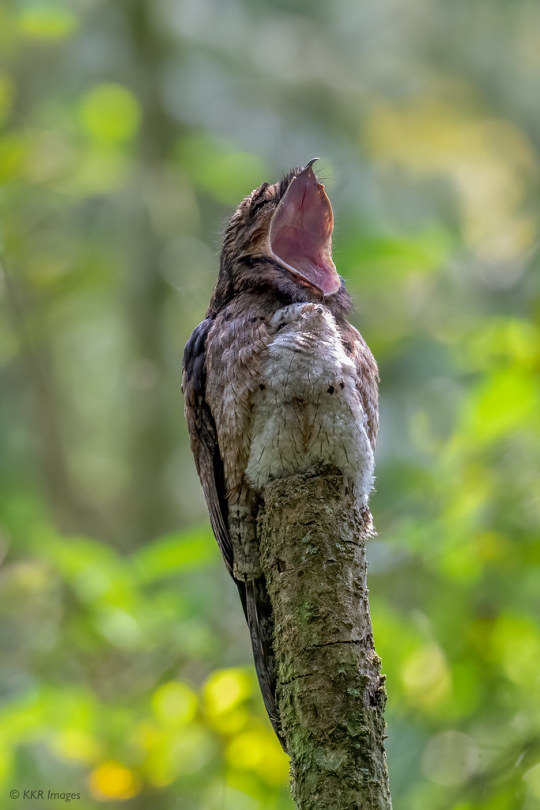
Common Potoo (Nyctibius griseus)
© kkr_images
17 notes
·
View notes
Text

Great Potoo (Nyctibius grandis), family Nyctibiidae, order Nyctibiiformes, Pantanal, Brazil
Potoos used to be in the same order as nightjars, but are now placed in their own order.
photograph by Greg Lavaty
801 notes
·
View notes
Text
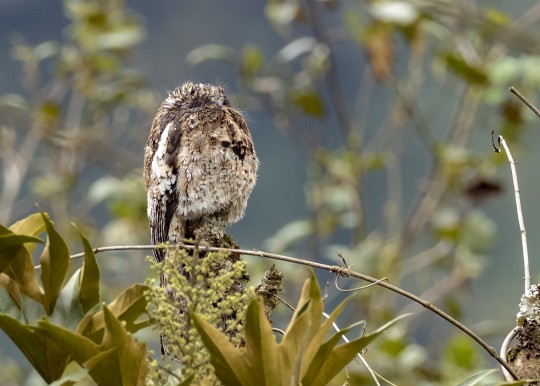
[248/10,977] Andean Potoo - Nyctibius maculosus
Order: Nyctibiiformes (potoos)
Family: Nyctibiidae
Photo credit: Andres Vasquez Noboa via Macaulay Library
8 notes
·
View notes
Text

The Great Potoo is the largest member of the potoo family (Nyctibiidae). It is also the largest bird in the order Caprimulgiformes. It’s larger size is what earned it the name “Great”, but of course it is also just a great bird in general :) It is the second most abundant and widespread potoo species, following the Common Potoo (Nyctibius griseus).
The Great Potoo has overall lighter brown plumage compared to other potoos, making it appear paler. It is also the only potoo species known to have brown eyes, the other 6 potoo species in the family have yellow eyes. These unique features make it easier to differentiate the Great Potoo from the other 6 species. You can see a juvenile Great Potoos’ brown eyes clearly in this photo:

Another way the Great Potoo can be quickly identified (particularly at night) is by its call. The Great Potoo arguably makes some of the strangest, most interesting sounds that I’ve personally ever heard come out of a bird. eBird describes it as a “terrifying..harsh, descending scream”. Wikipedia describes it as a “unique moaning growl..” that creates “an unsettling atmosphere..”. Many people might even already be familiar with it.. it was often joked about how it sounds like some deep-voiced emo kid screaming “MOOOOOM!” Still don’t know what I’m talking about? You can hear a good example of it in this lovely definitely not at all cursed video :)
Lesser known is their equally strange sounding flight calls (you can hear one briefly in the background of this video) that can be transcribed as a brief, loud “WAOW” or “WHOAP”. A recent study, (published just last year) has indicated that the calling frequency of Great Potoos increases significantly on brighter, more moonlight nights.
Sources: 1, 2. 3, 4, 5
#potoo#potoo bird#great potoo#nyctibius grandis#nyctibiidae#caprimulgiformes#birds#animals#nocturnal animals#nocturnal birds#wildlife
56 notes
·
View notes
Photo
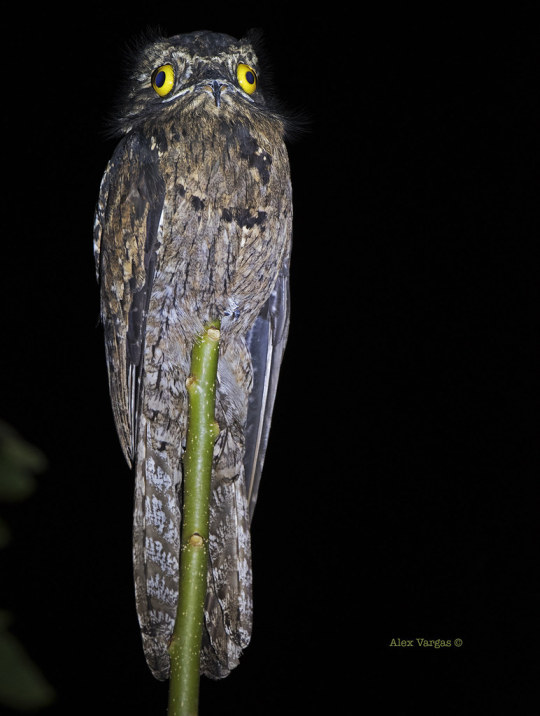
Common Potoo (Nyctibius griseus)
© Alex Vargas
7 notes
·
View notes
Photo

Common Potoo (Nyctibius griseus)
© Nicolás Bejarano
66 notes
·
View notes
Photo

Andean Potoo (Nyctibius maculosus)
© Dan Murphy
10 notes
·
View notes